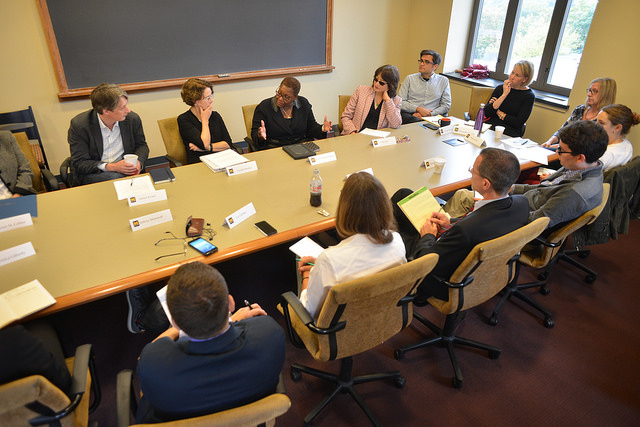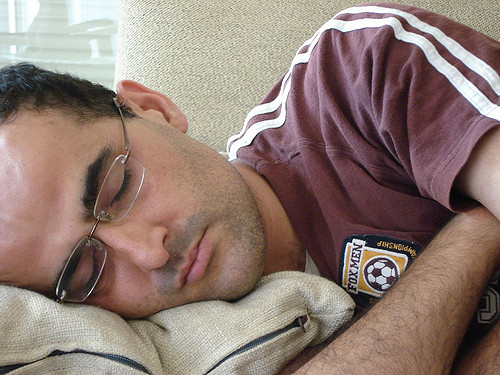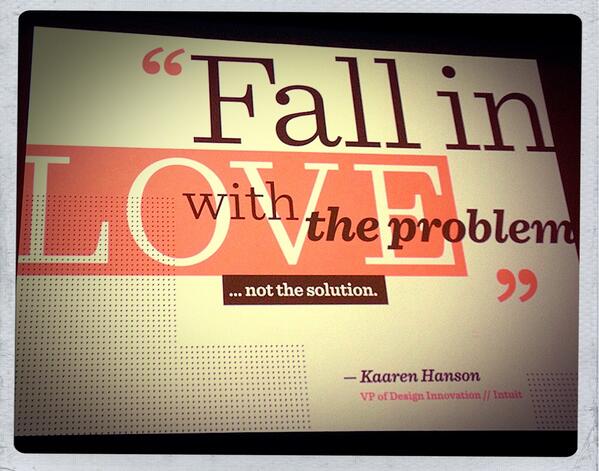“Peace is not made at the council table or by treaties, but in the hearts of men.”
—Herbert Hoover, 31st President of the United States

Image from Flickr by Gerald R. Ford School of Public Policy, University of Michigan
In the movie, Miss Congeniality (2000), Sandra Bullock plays an undercover FBI Agent posing as a contestant when terrorists threaten to bomb the Miss United States beauty pageant. Bullock’s character, Gracie, is the only female FBI agent who can “look the part” despite her complete lack of refinement and femininity. She prides herself in being “just one of the boys” and is horrified at the idea of becoming a girly girl.
Since the film was a comedy, the audience wasn’t alarmed. We all happily watched all the interplay of contestants and other characters. In one scene, the contestants were asked about their personal goals and aspirations. Almost every contestant mentioned world peace at some point in their response.
In today’s dynamic and often violent world, we sure could use more people working on world peace in their personal and professional lives. If all of us did our part, we would never need a council table or treaty, which as President Hoover points out, rarely works.
EXERCISE:
What heartfelt attitudes and actions can you share in your communities to bring about greater peace on earth?









